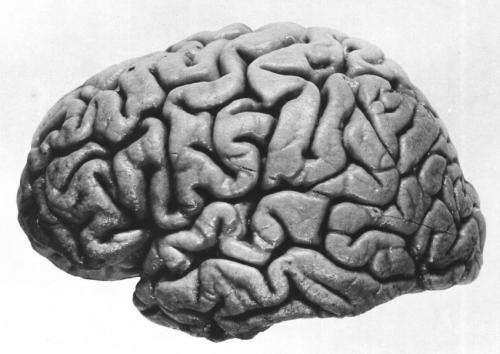In gauging and correcting errors, brain plays confidence game, new research shows

The confidence in our decision-making serves to both gauge errors and to revise our approach, New York University neuroscientists have found. Their study offers insights into the hierarchical nature of how we make choices over extended periods of time, ranging from medical diagnoses and treatment to the strategies we use to invest our money.
"What is challenging about comprehending why we make certain choices over long periods is to determine the true causes of the outcomes of our decisions," explains Braden Purcell, an NYU post-doctoral fellow and the lead author the study, which appears in the journal Proceedings of the National Academy of Sciences. "When we make a mistake, it might mean we were simply unlucky or it could indicate a deeper flaw in our overall strategy. For instance, if a patient's health gets worse, should the doctor just try another treatment or should she revise the original diagnosis altogether? Our findings map out a framework of how we make such evaluations."
The key element in this process, the study shows, is confidence.
"Overall, we found that the brain uses confidence to gauge errors and revise decision strategy," adds co-author Roozbeh Kiani, an assistant professor in NYU's Center for Neural Science. "Specifically, the confidence in our initial assessments influences how we revisit them."
In general, the aim of the research was to not only understand simple decisions about information immediately available to us, but also to capture decisions about the strategies that guide multiple decisions over time.
To do so, the researchers devised an experiment in which subjects judged the net motion direction of multiple dots on a computer screen; the subjects' judgments were recorded by gauging their eye movement toward one of several targets on the screen. Notably, the correct target for a motion direction could change every few trials without any explicit cue—subjects had to infer these environment changes from error feedbacks. However, errors could arise from two sources: a mistake in perceiving the net motion of dots moving in multiple directions or a change in the correct targets.
Researchers discovered that subjects disambiguated the source of error using their confidence. When confident about motion direction, subjects attributed negative feedbacks to a change in the environment and quickly explored new targets that indicated such a change. When they were less confident, they counted negative feedbacks as partial evidence for an environment change but withheld exploring a new target until the sum of evidence—i.e., confidence on error trials—reached a threshold.
According to Purcell and Kiani, an optimal decision-maker should do exactly as participants in their experiment did: summing evidence to a threshold ensures that the environment change is detected as soon as possible. Further, optimal decision-makers should adjust the threshold for switching strategy based on the volatility of the environment—lower thresholds for environments that change more often. They tested this possibility and showed that subjects were quicker to explore new targets when changes in the environment happened more frequently.
More information: Hierarchical decision processes that operate over distinct timescales underlie choice and changes in strategy, PNAS, www.pnas.org/cgi/doi/10.1073/pnas.1524685113















